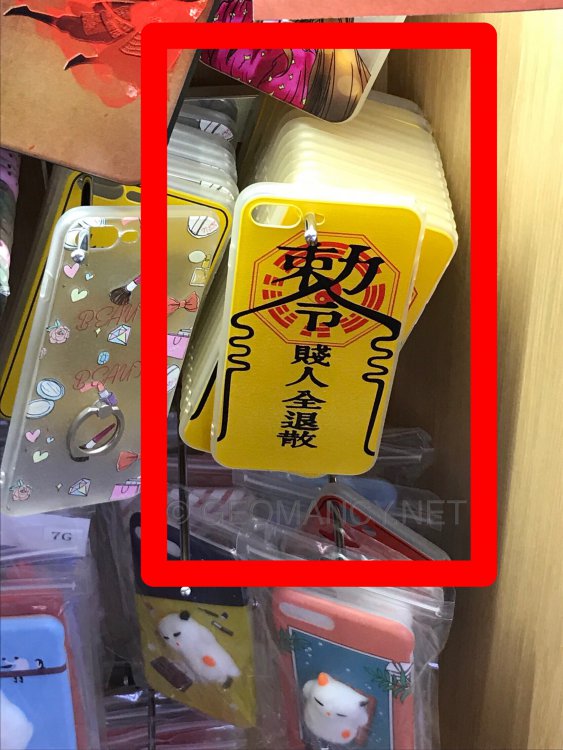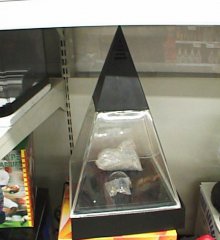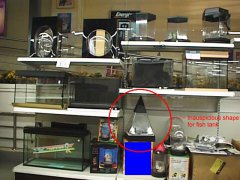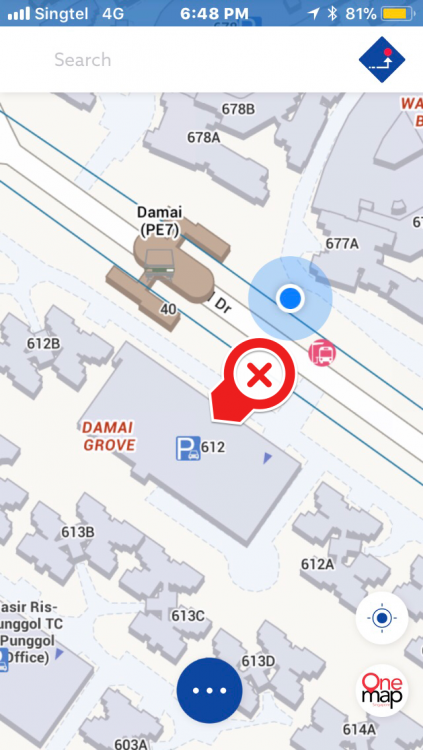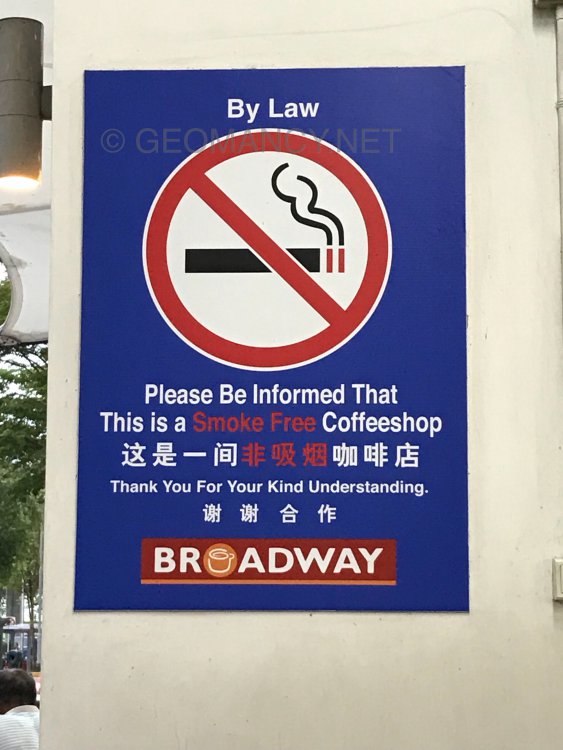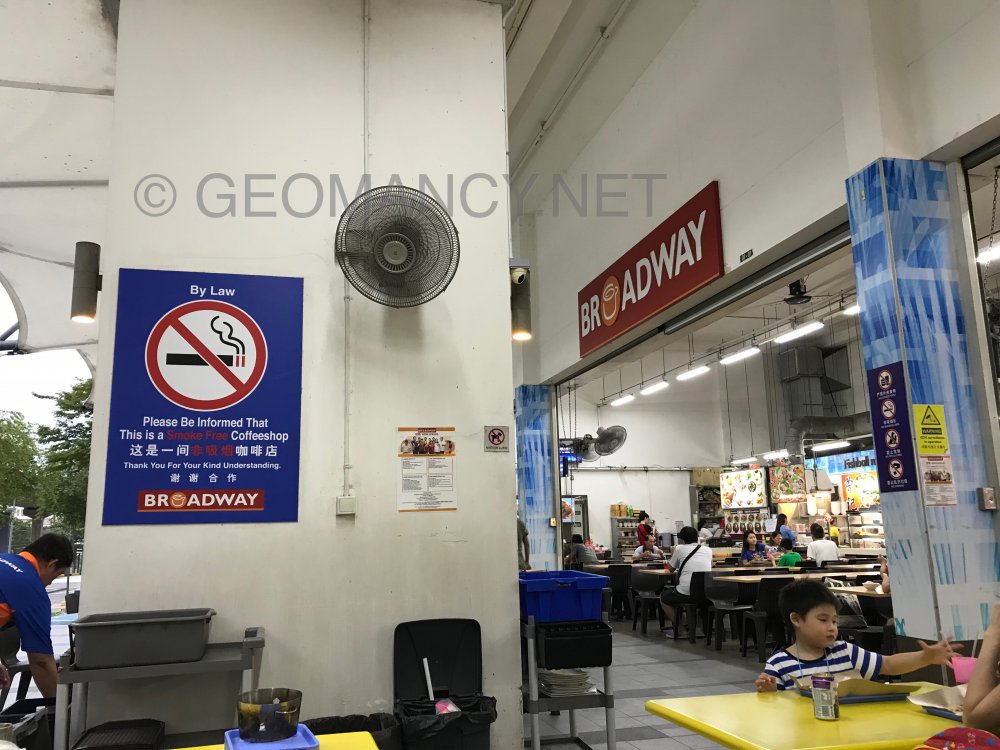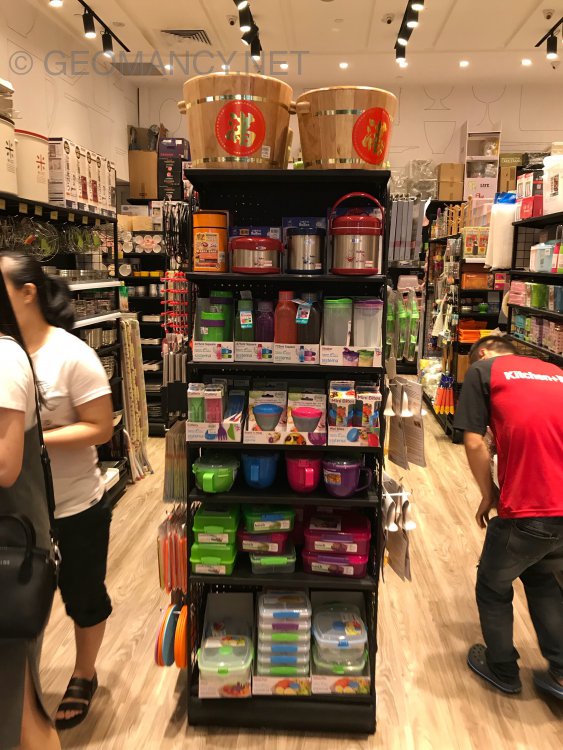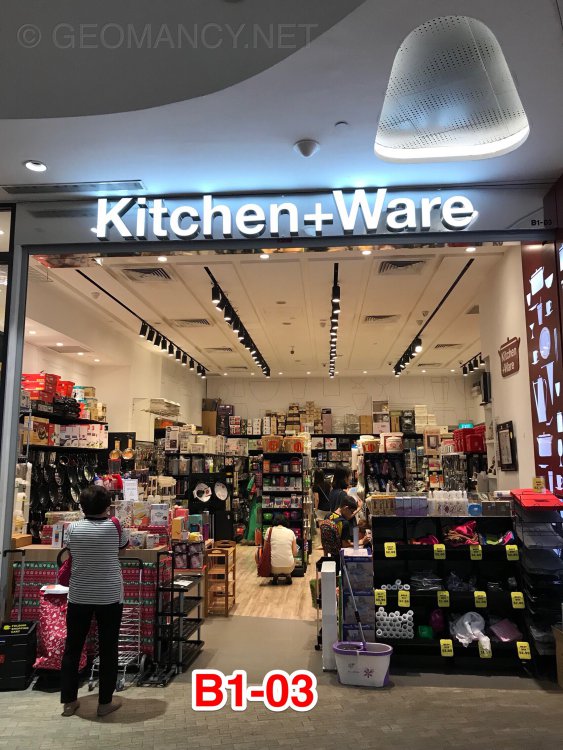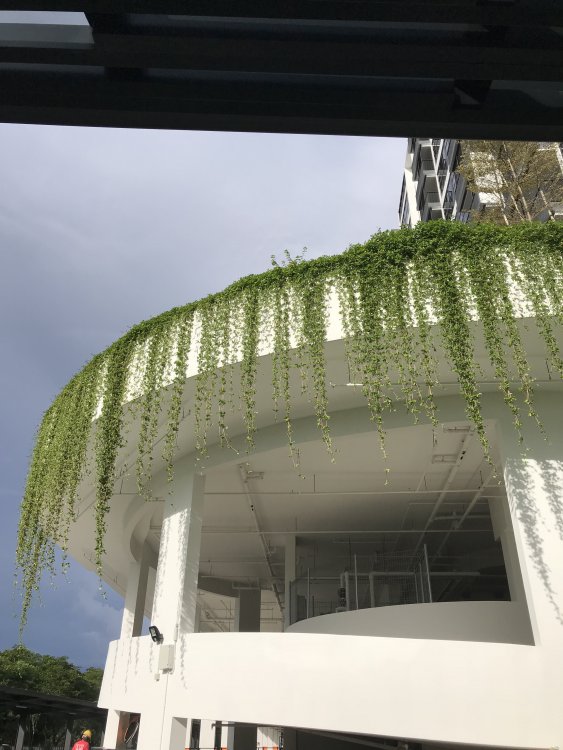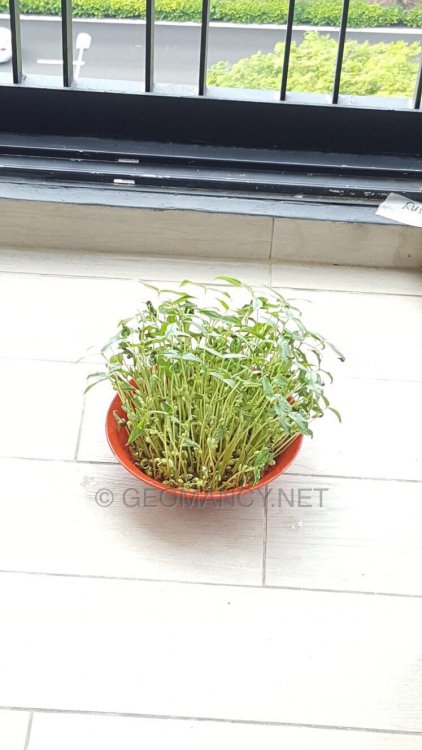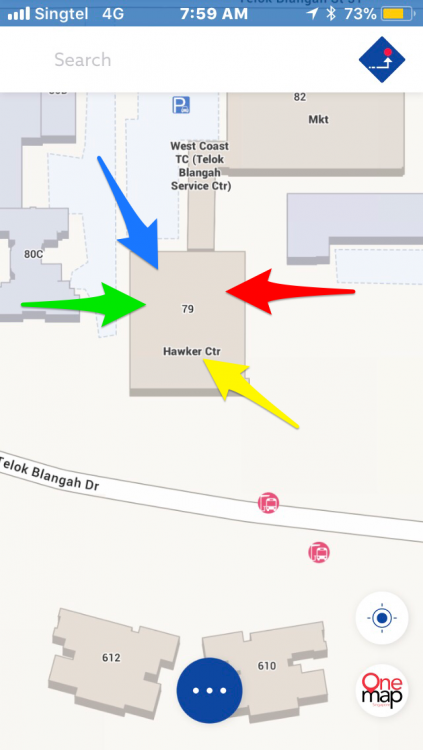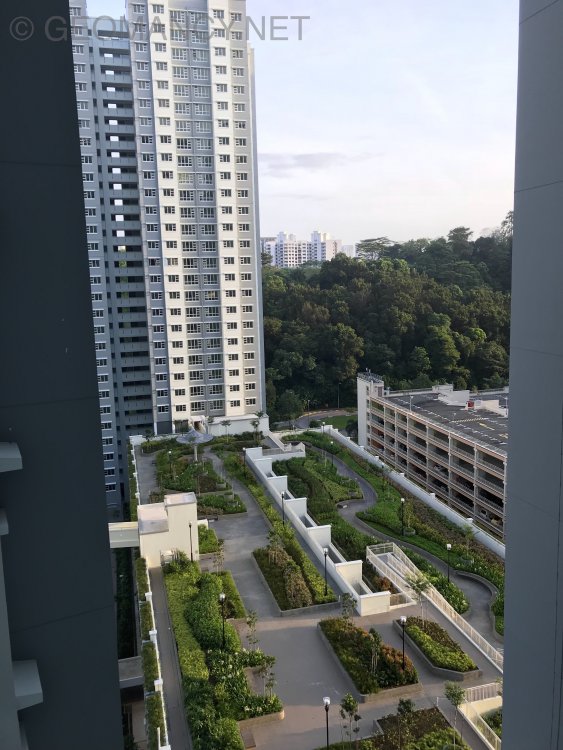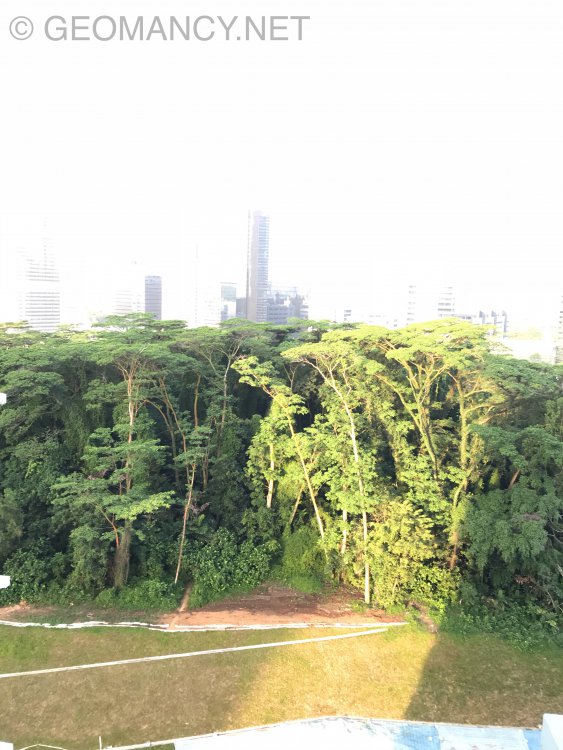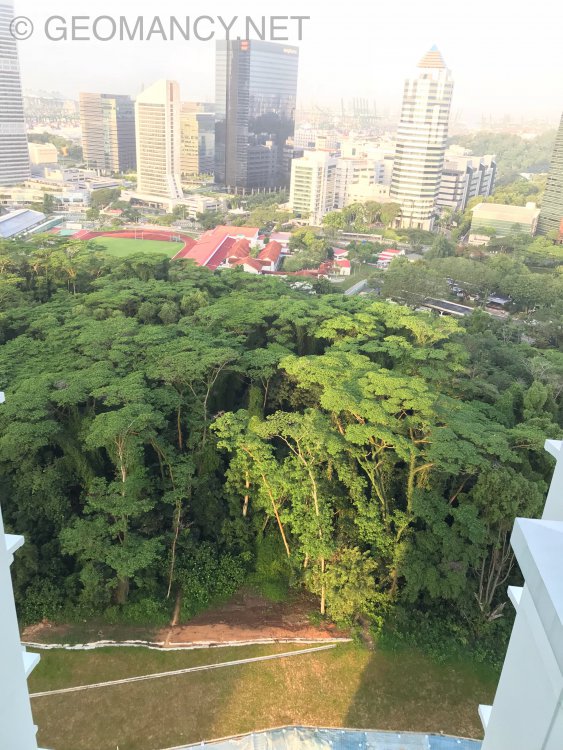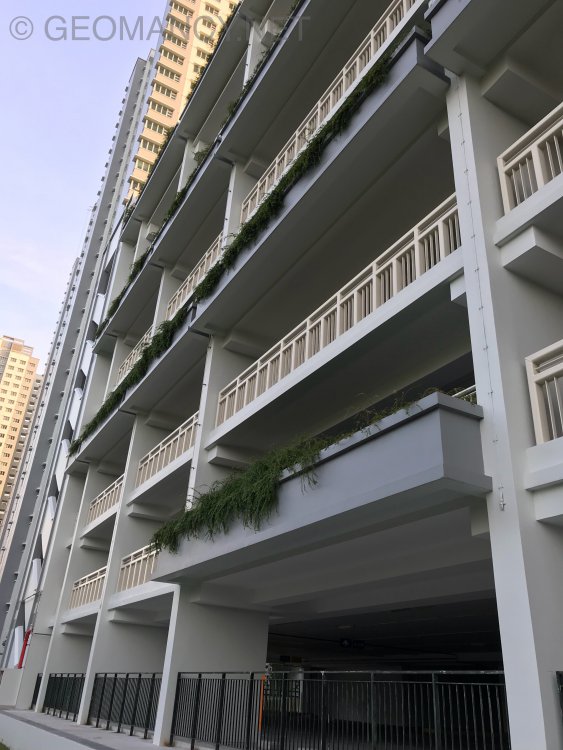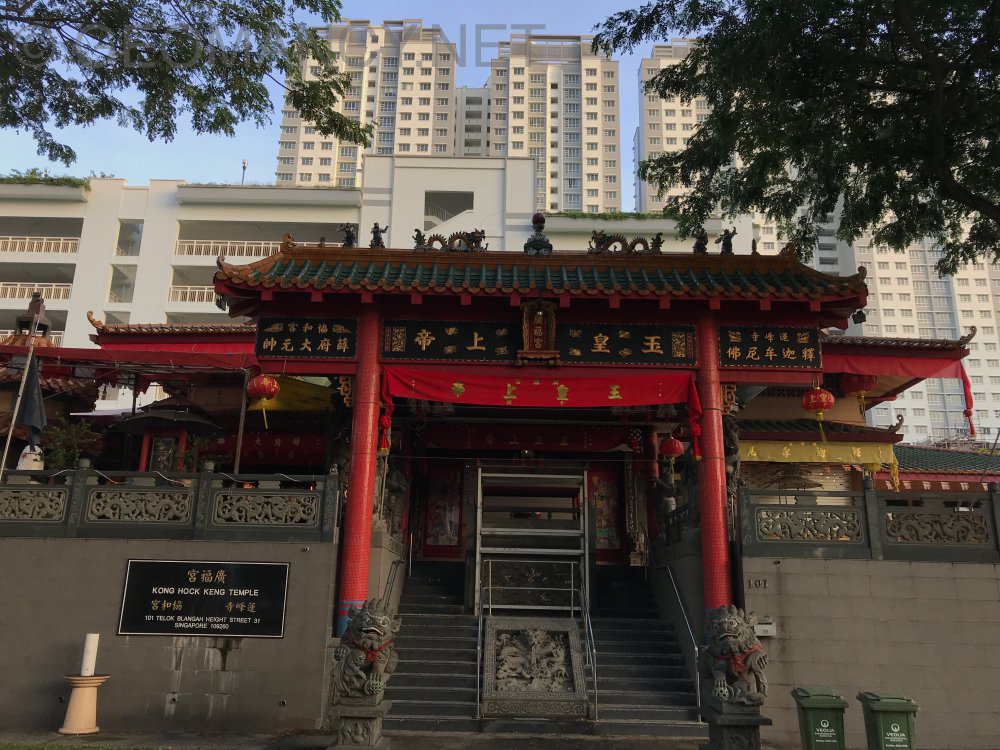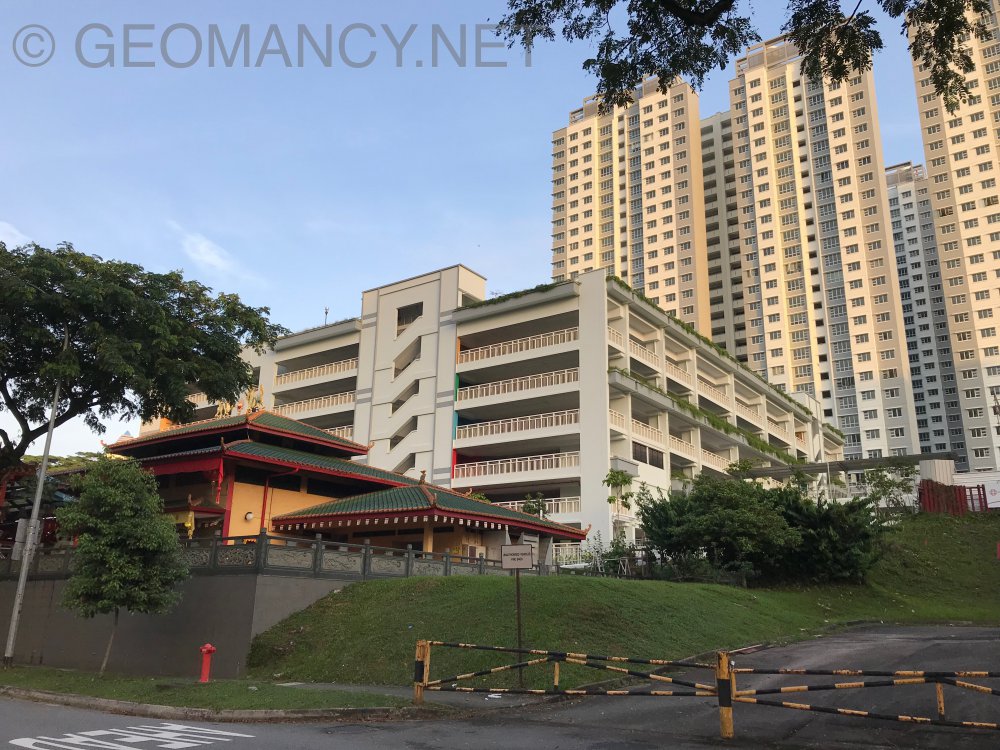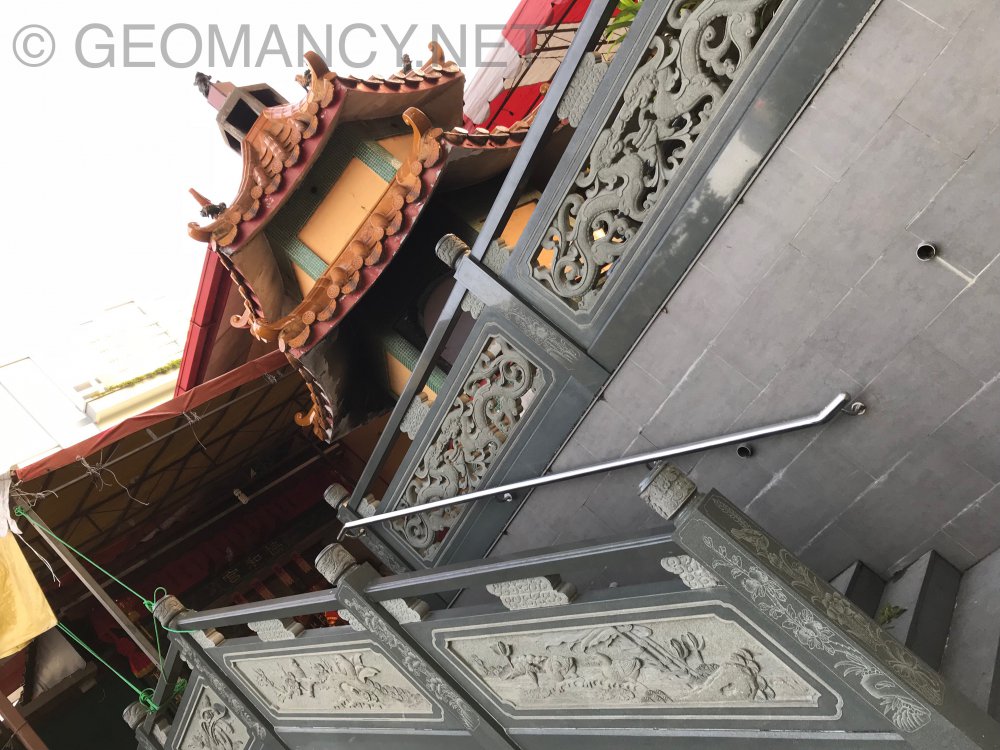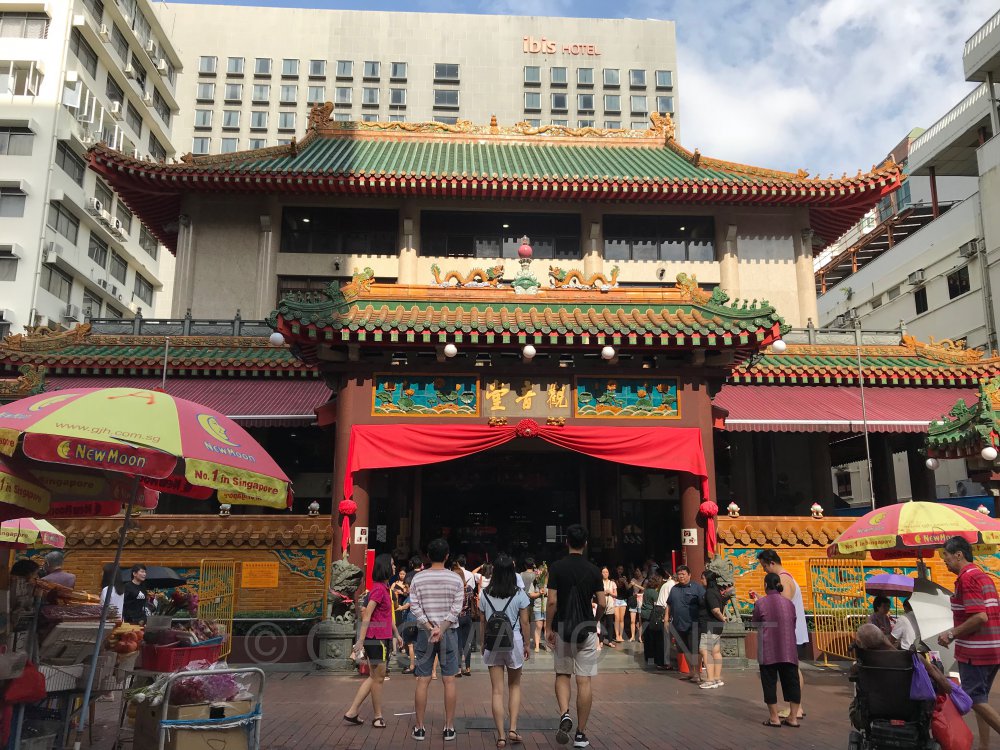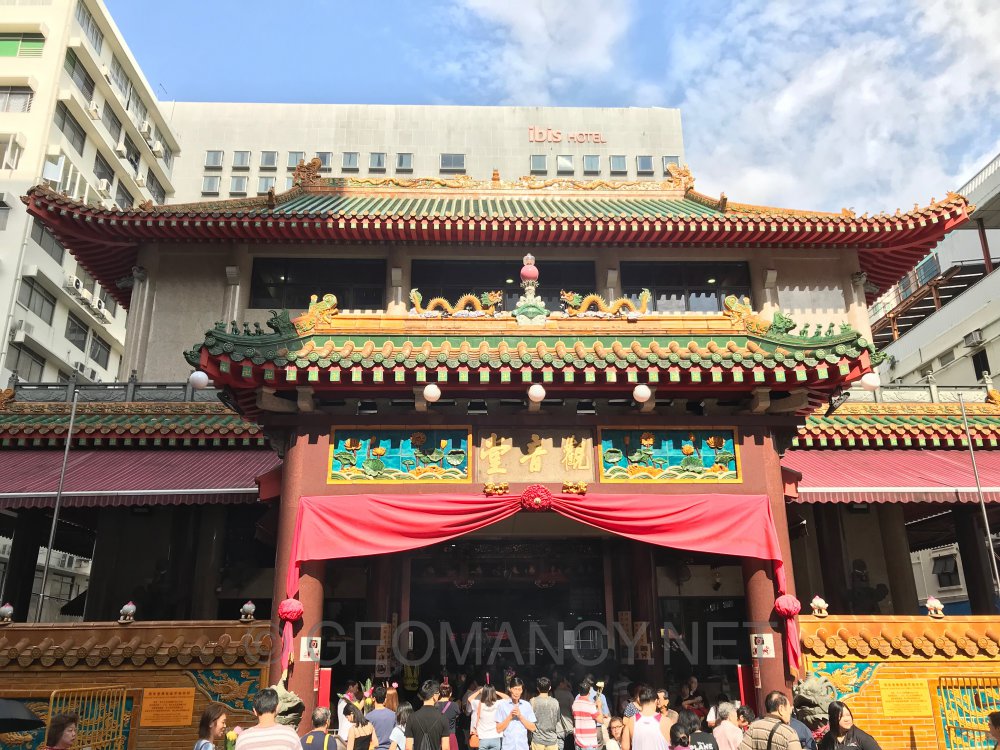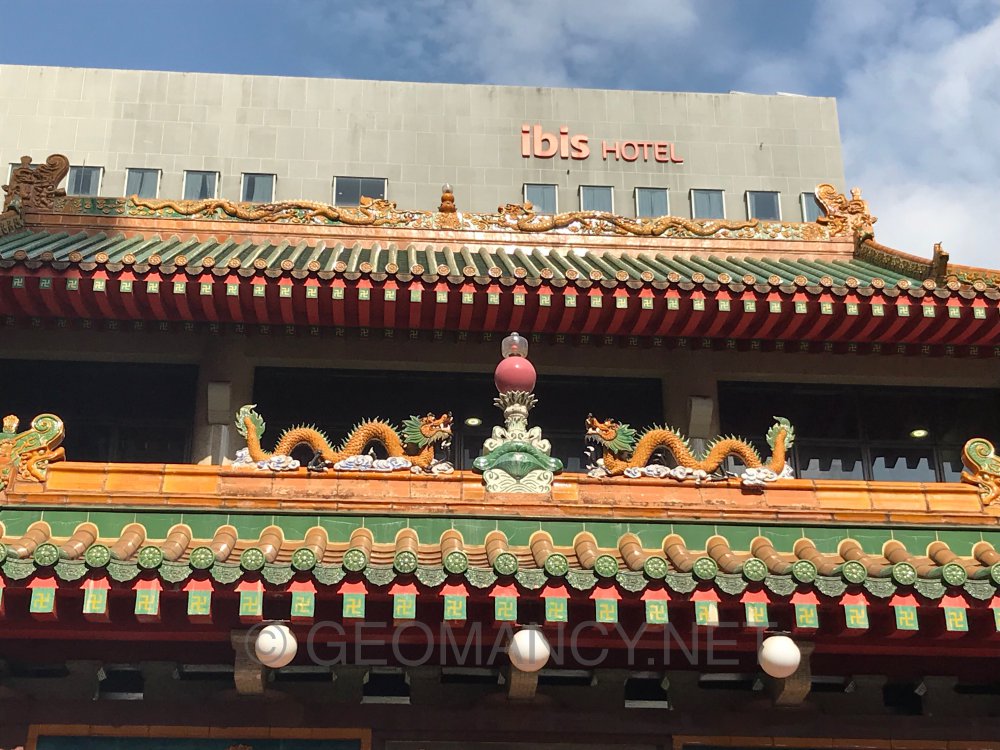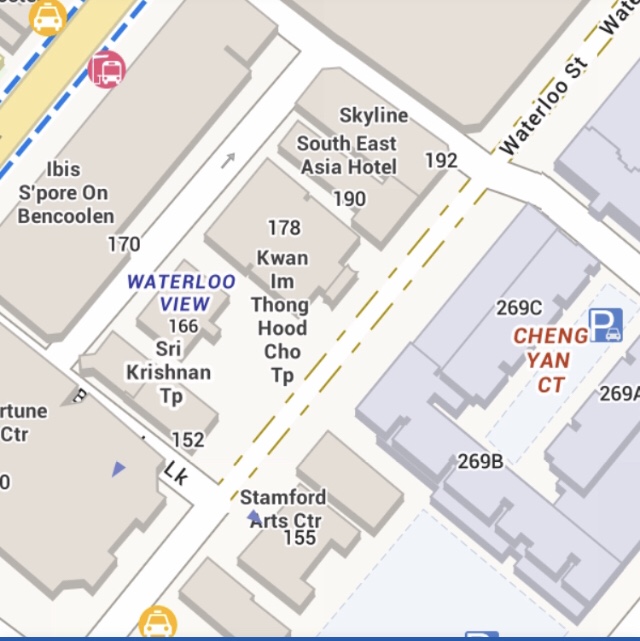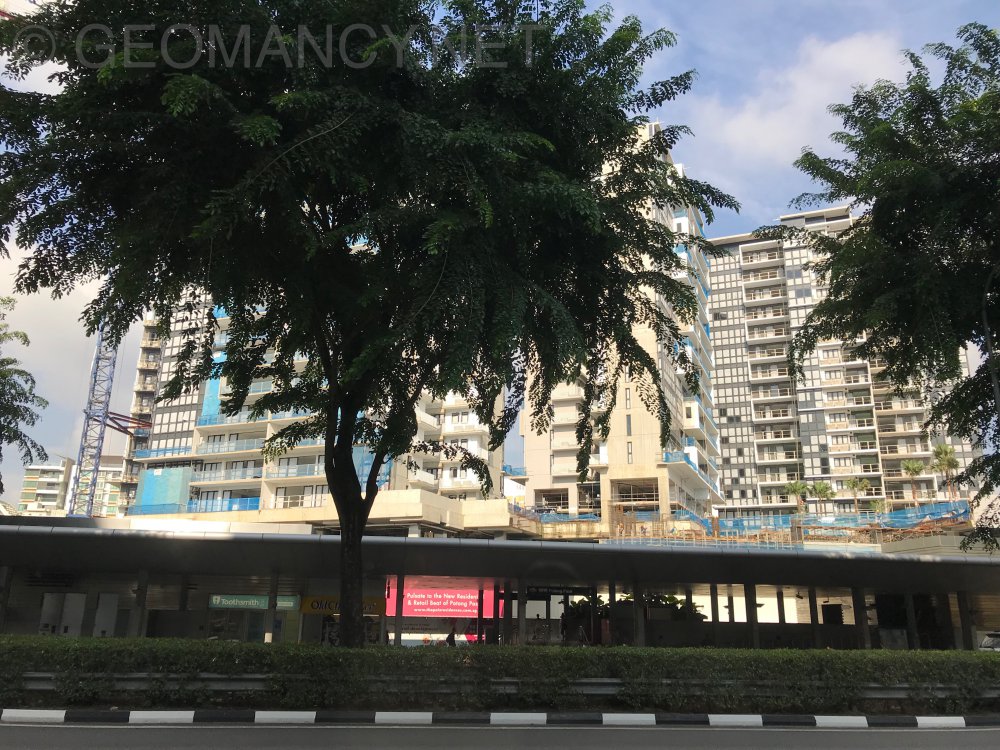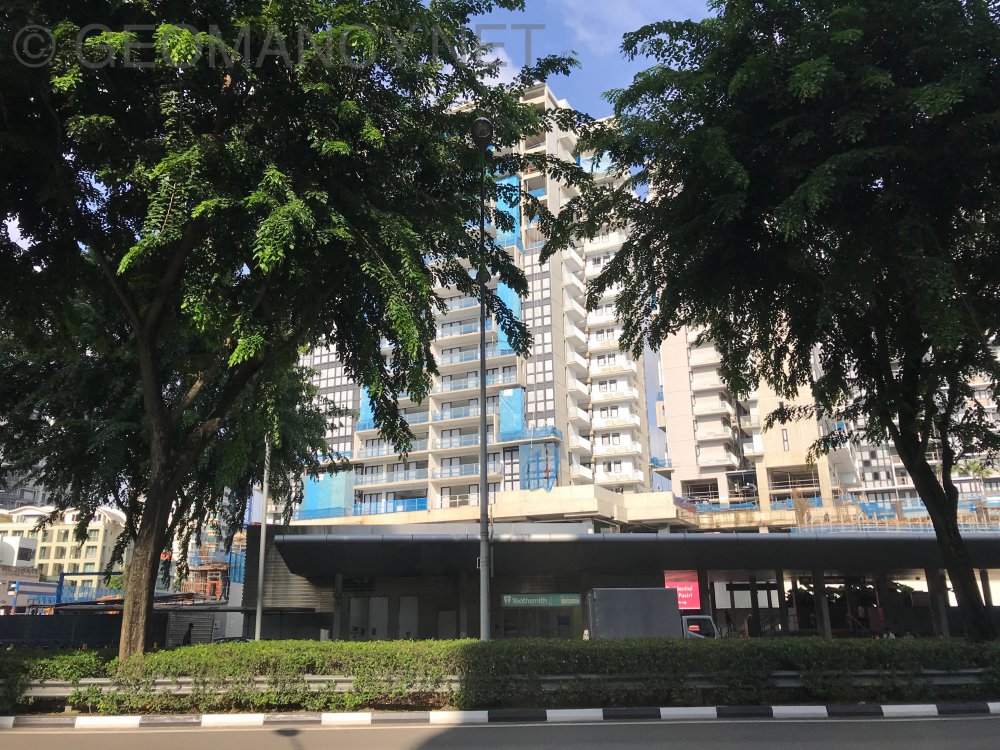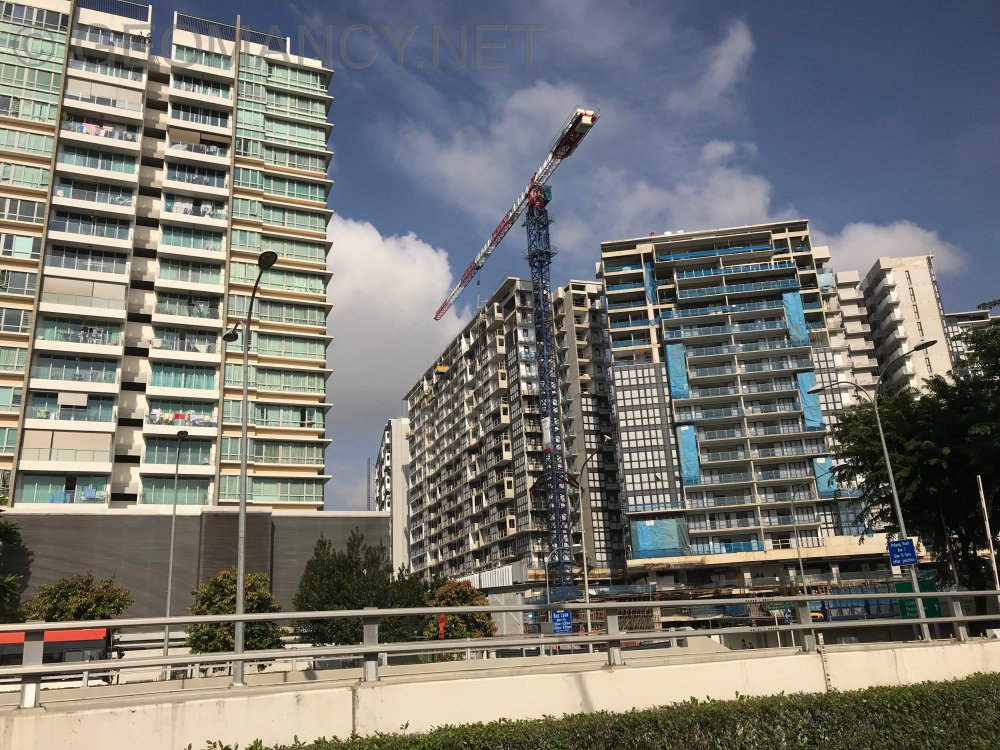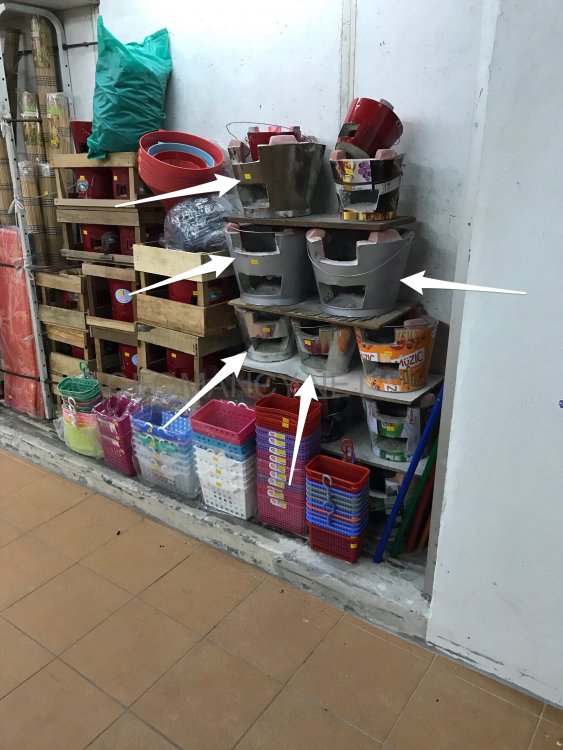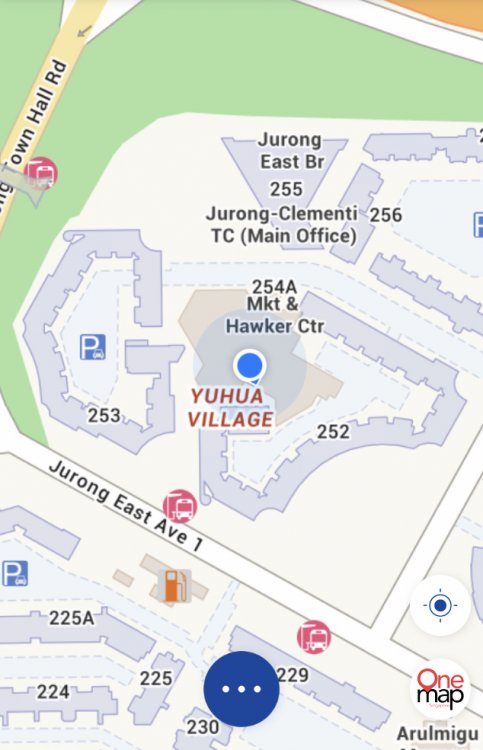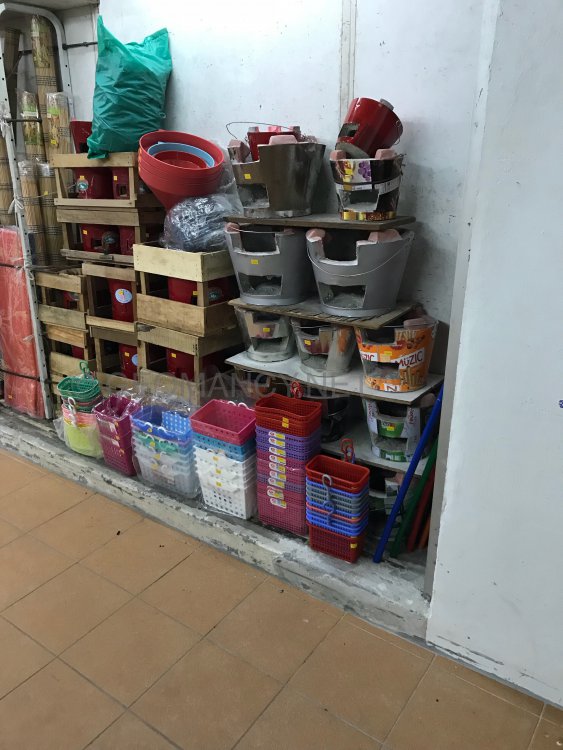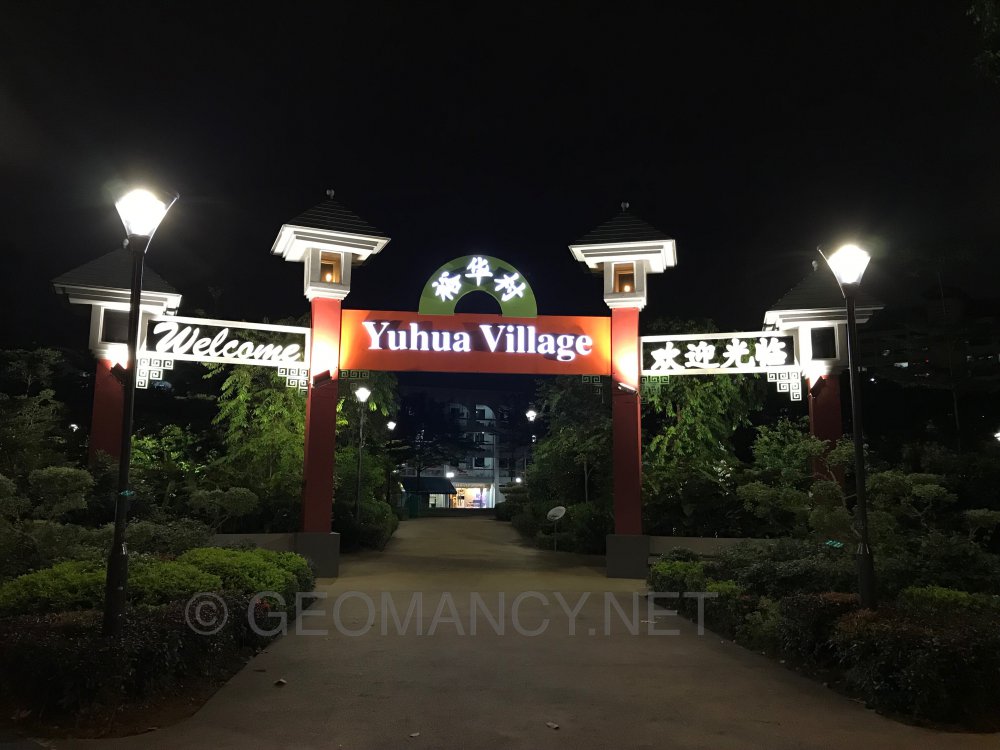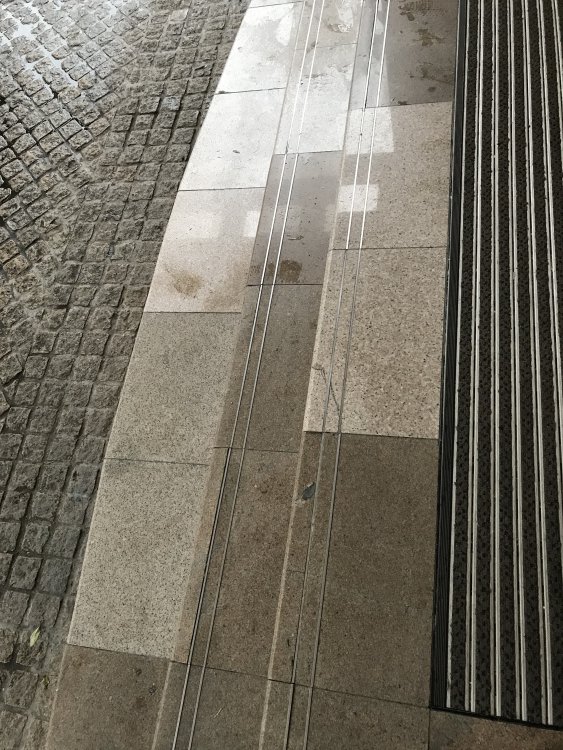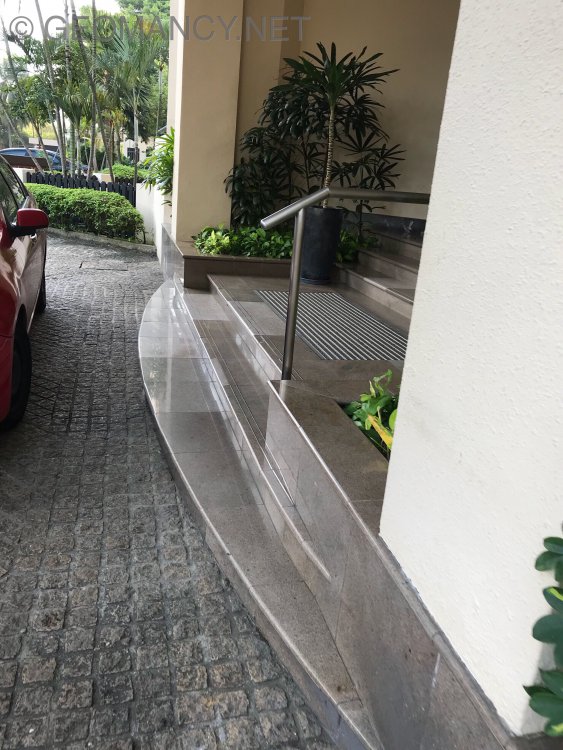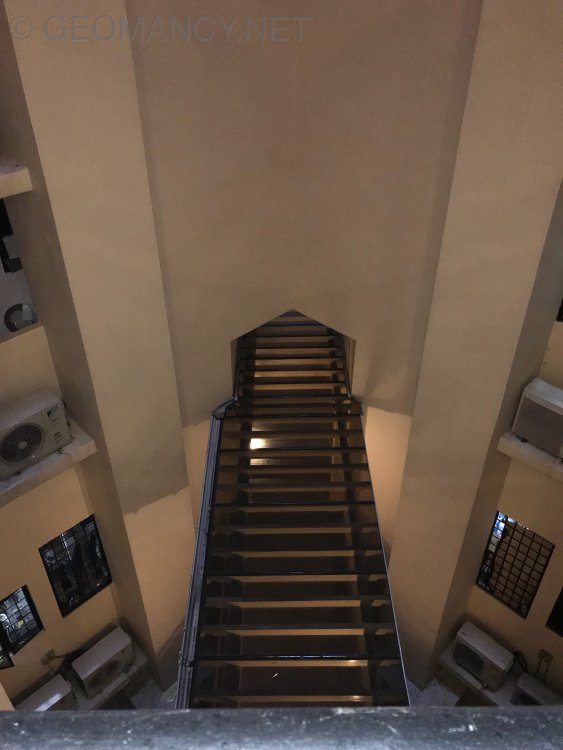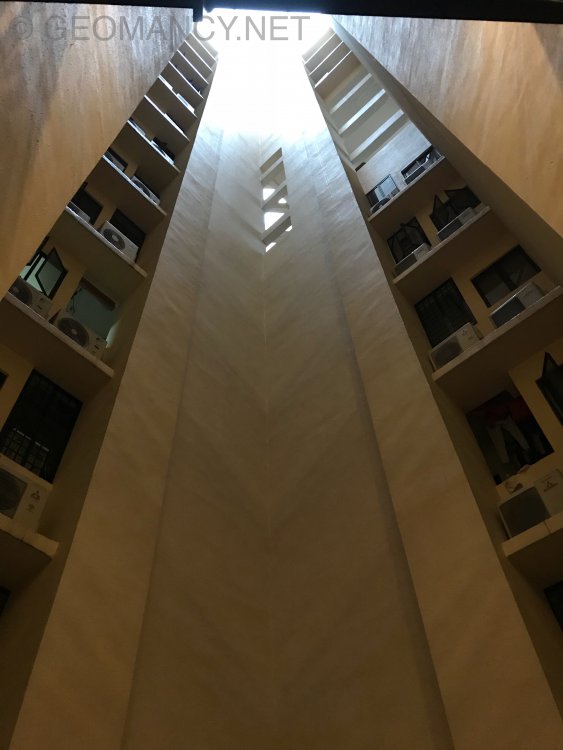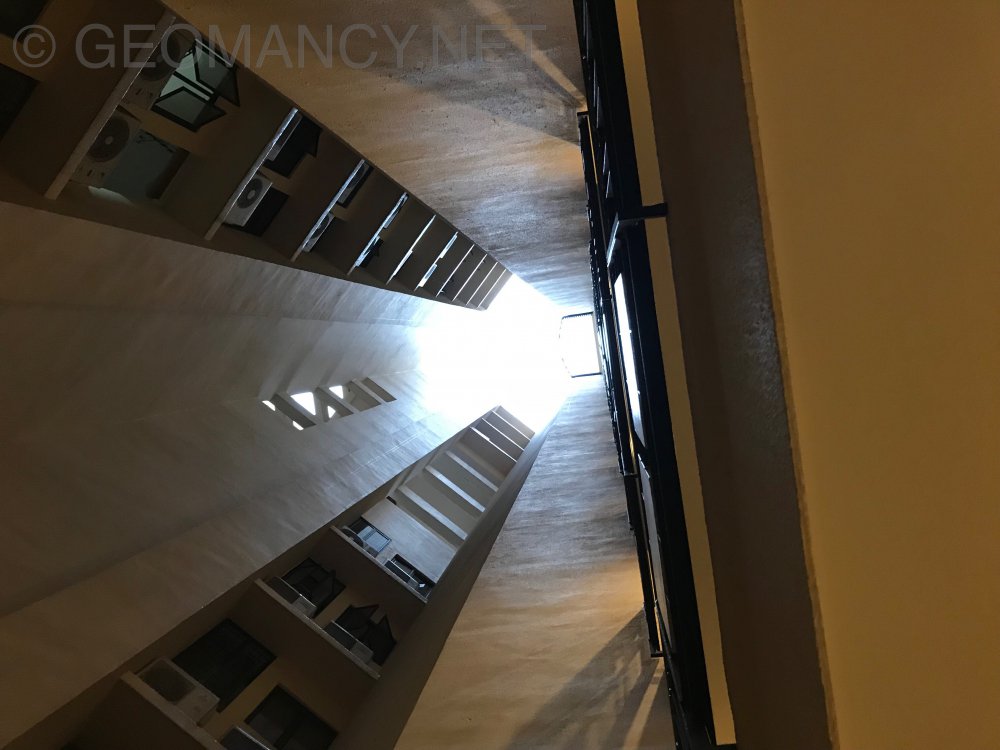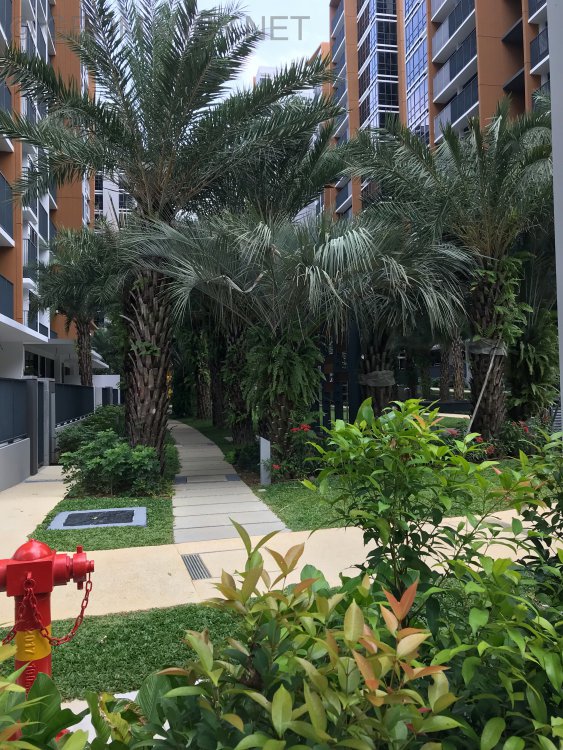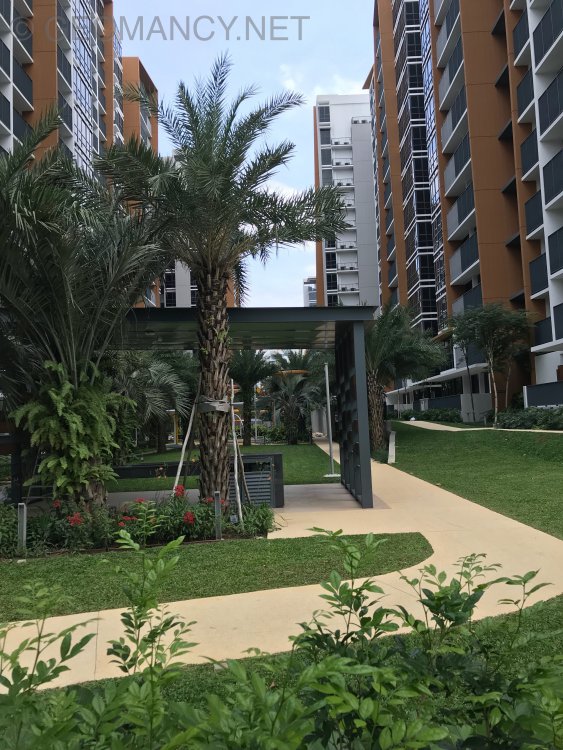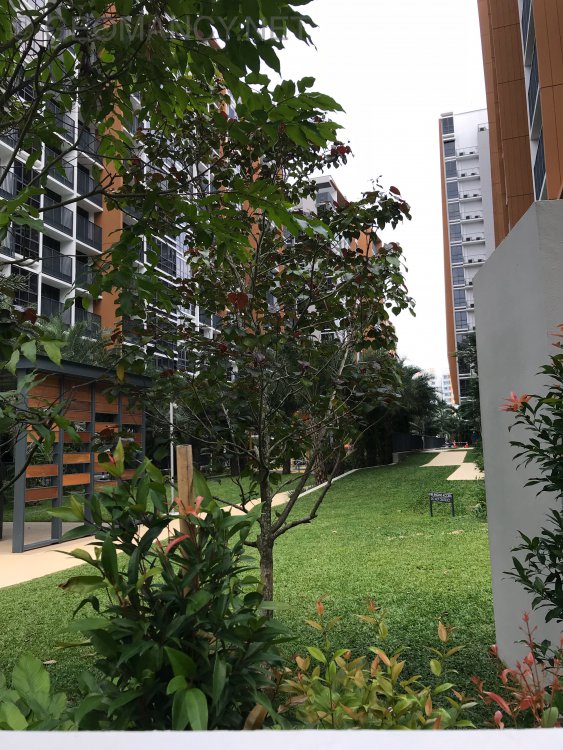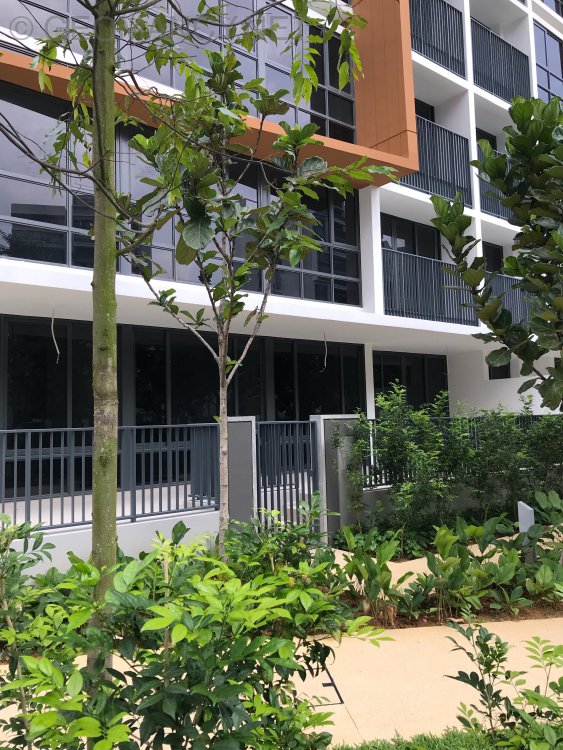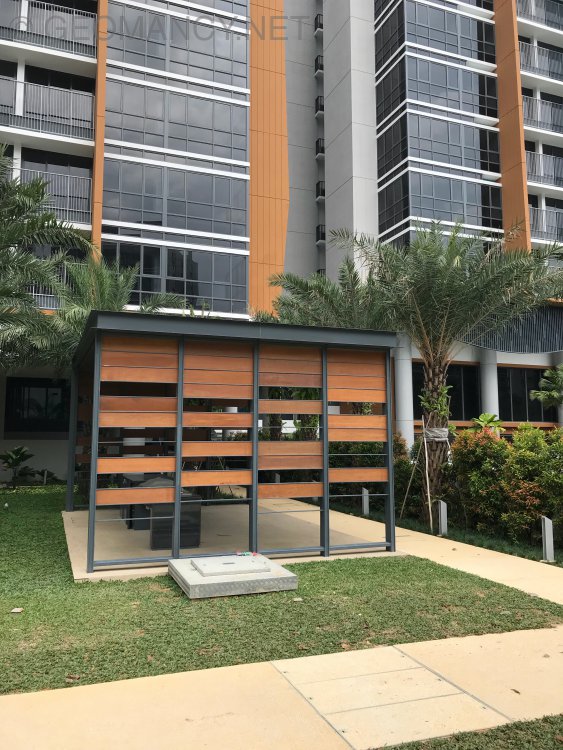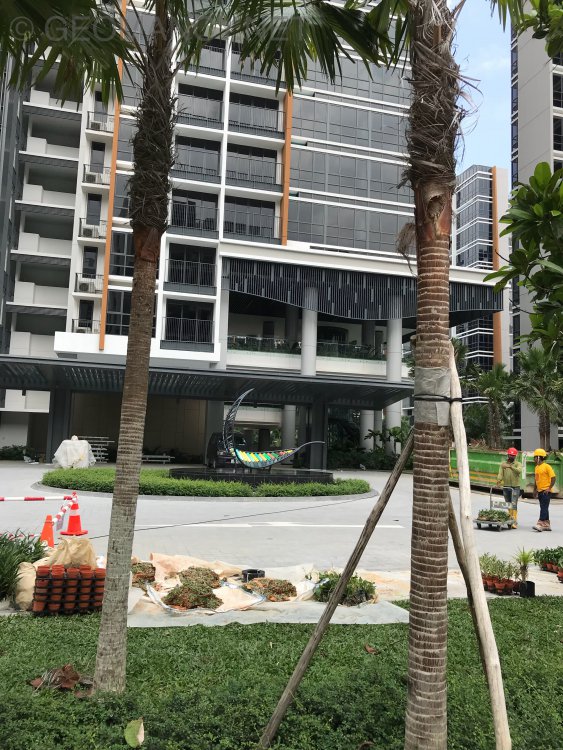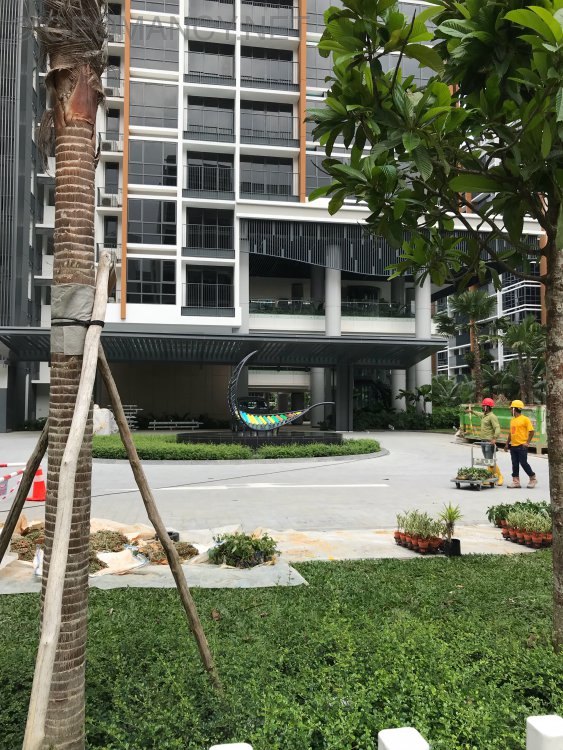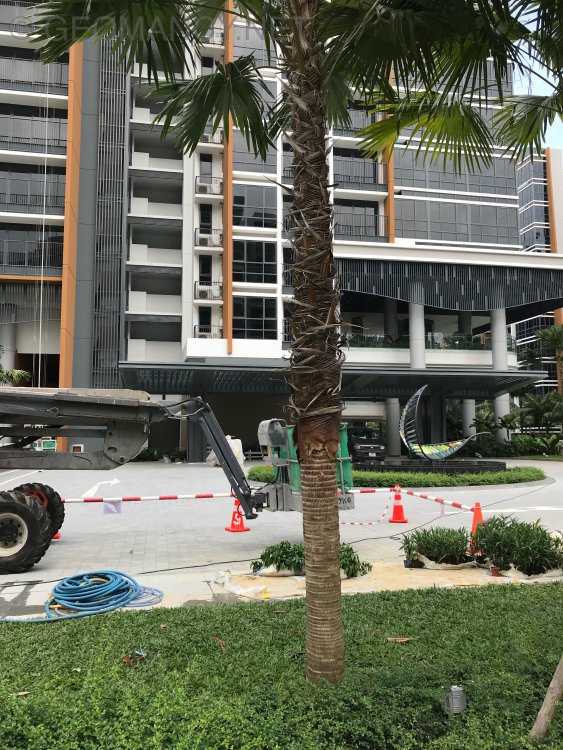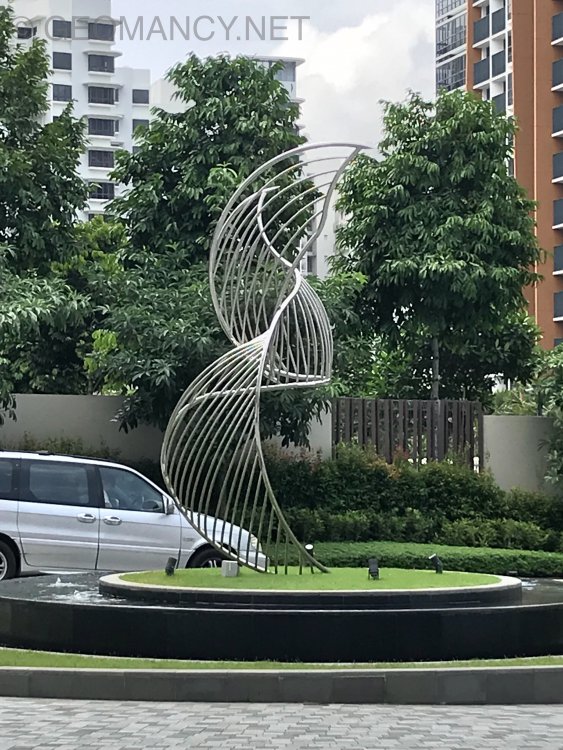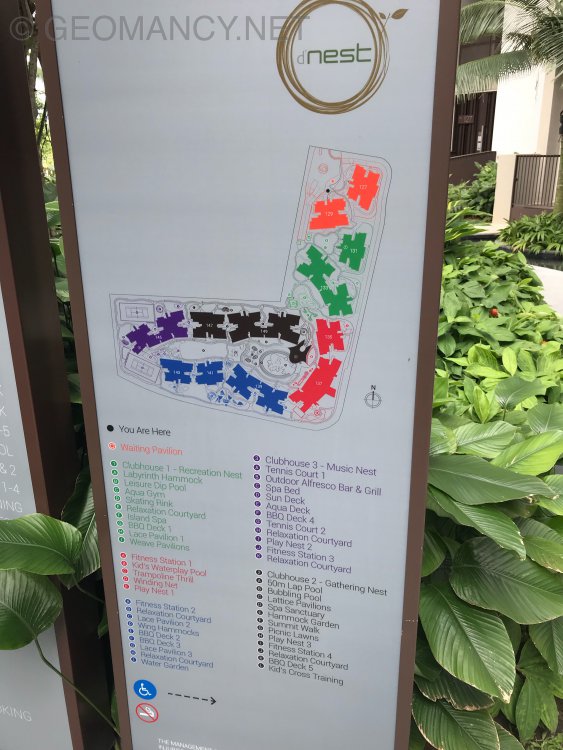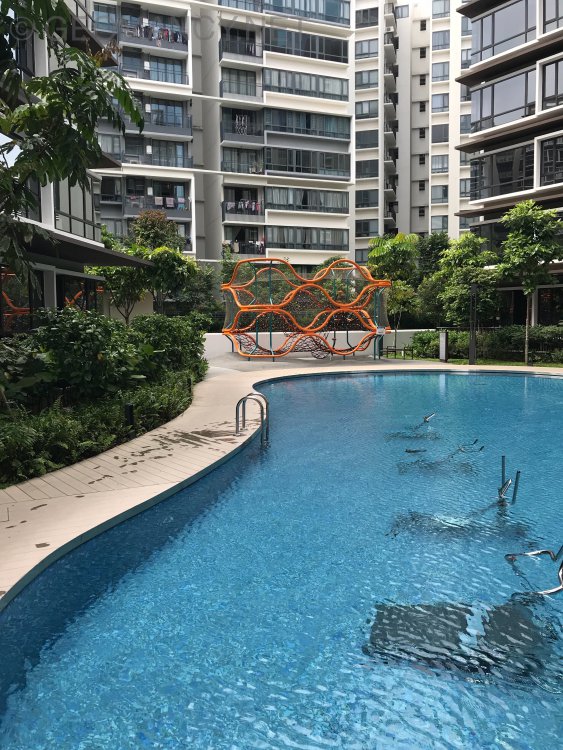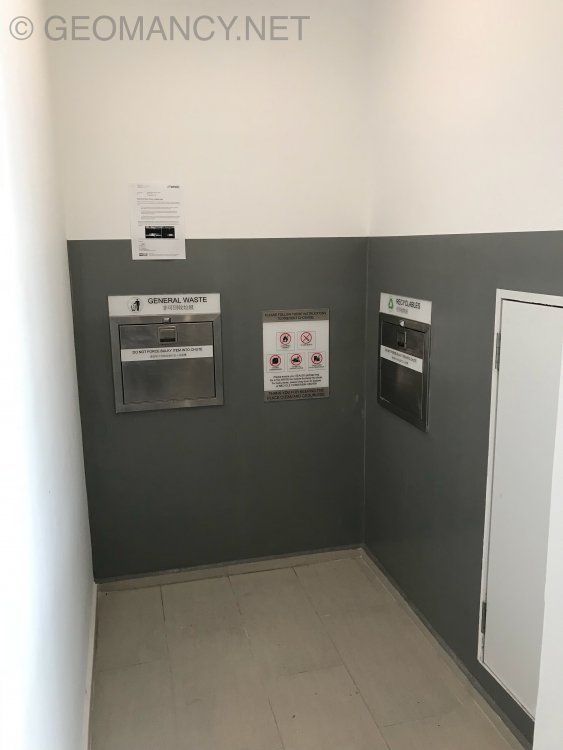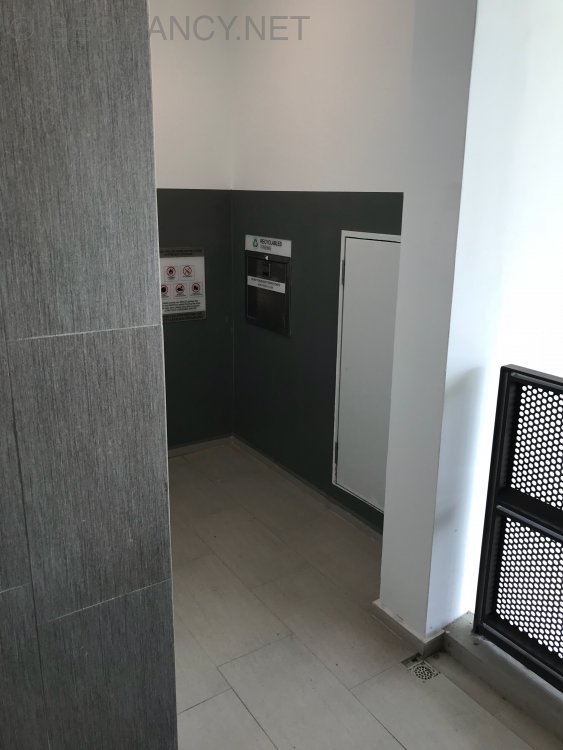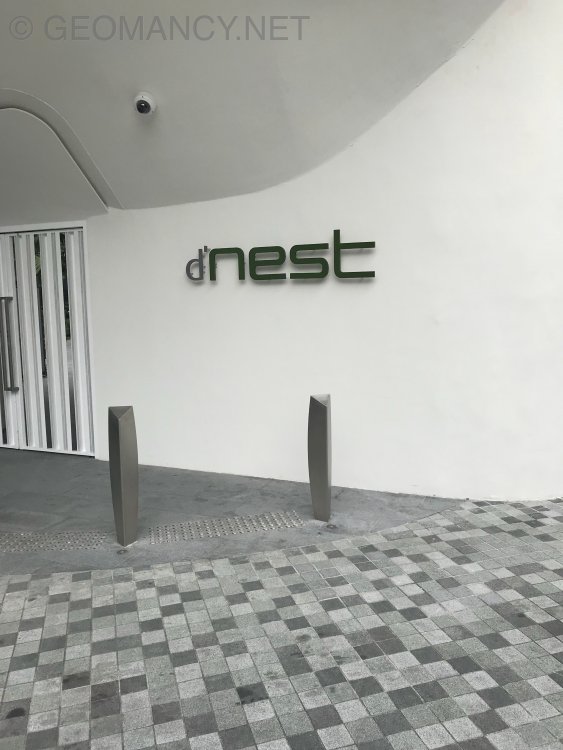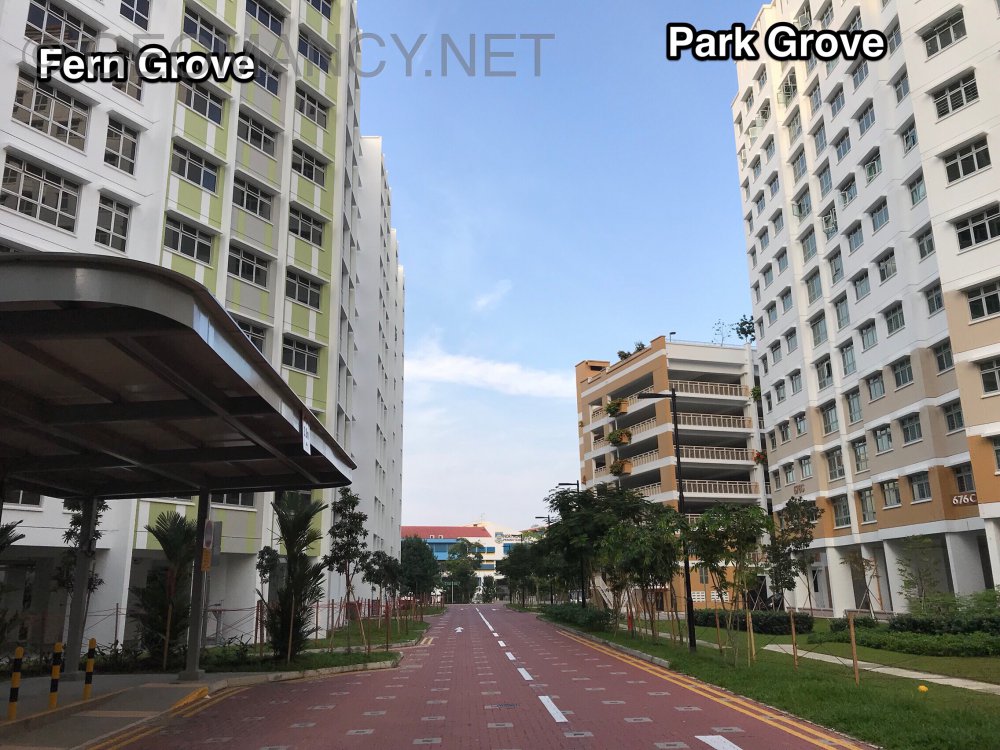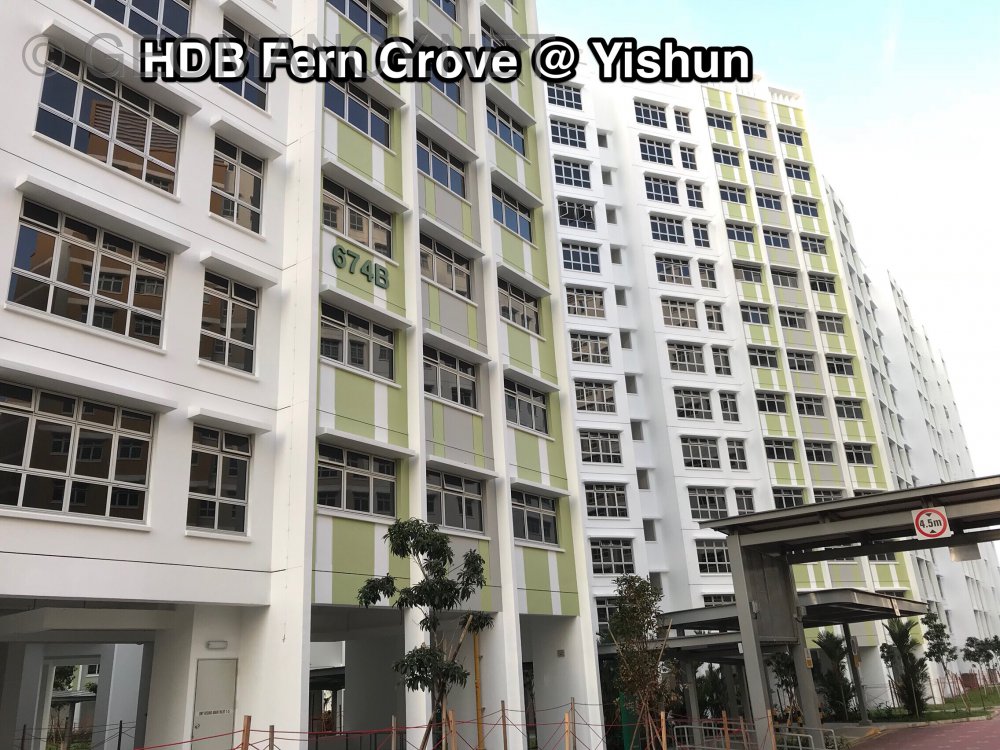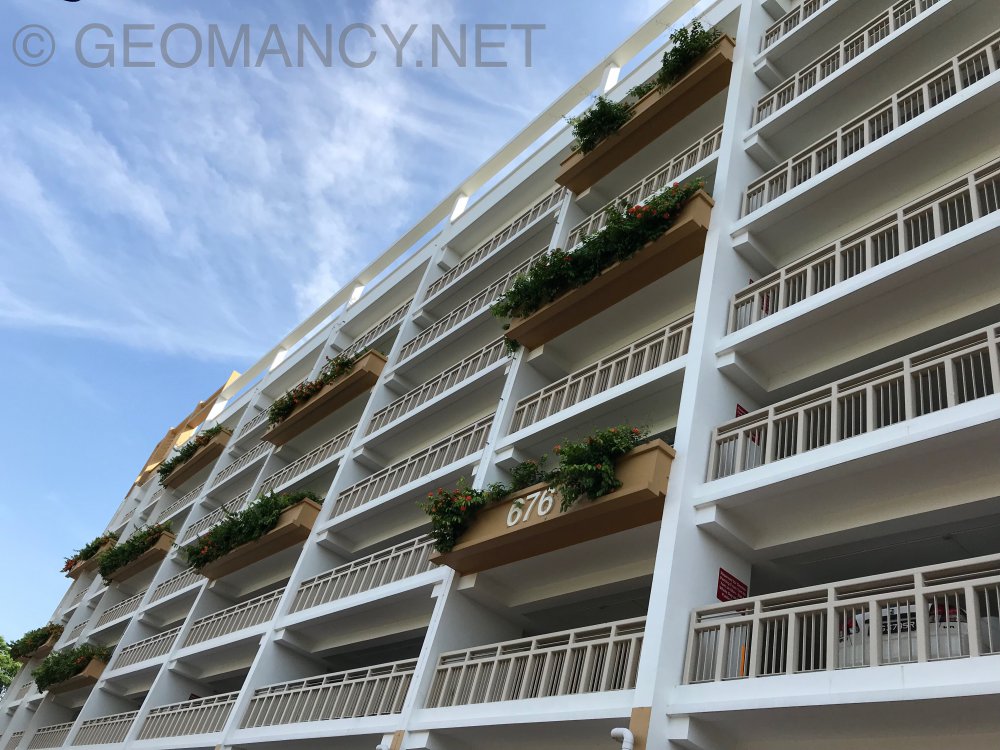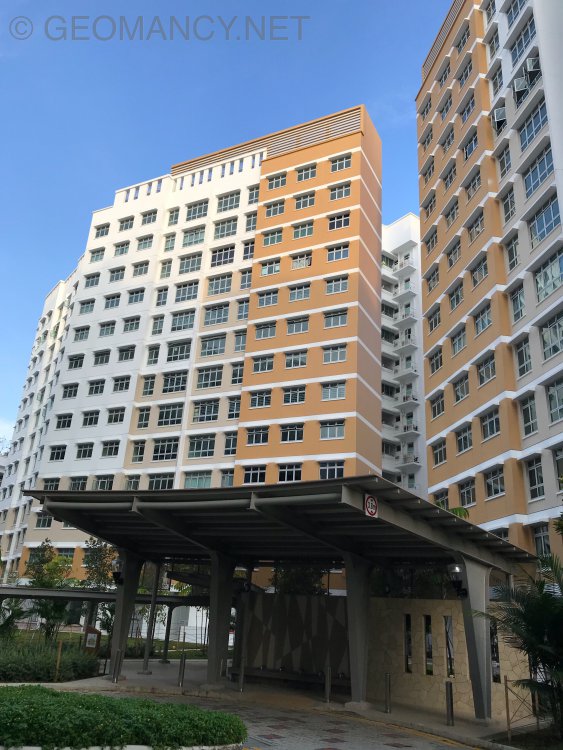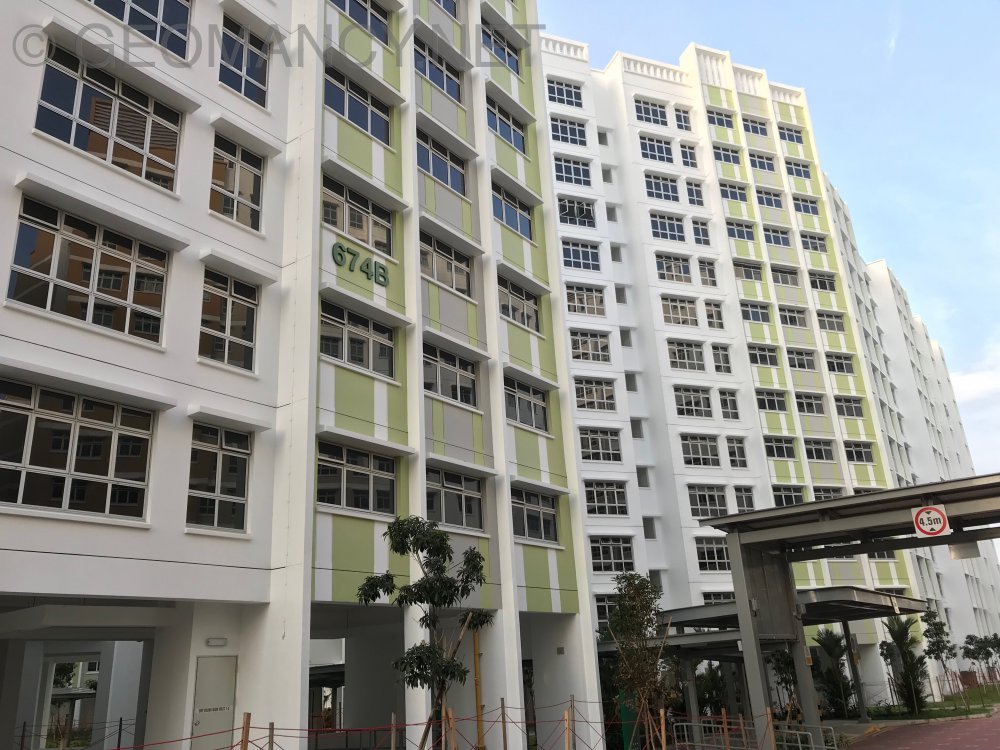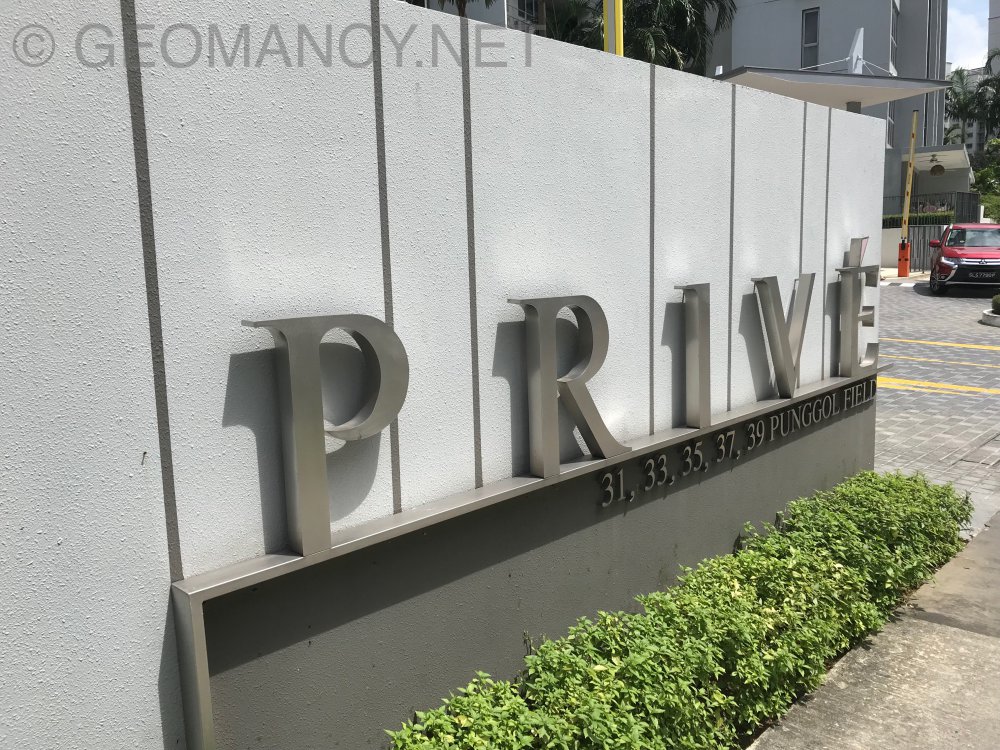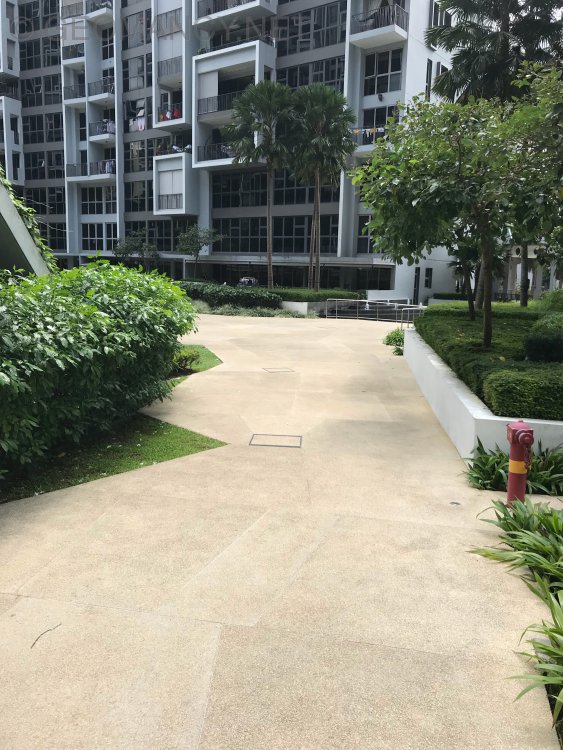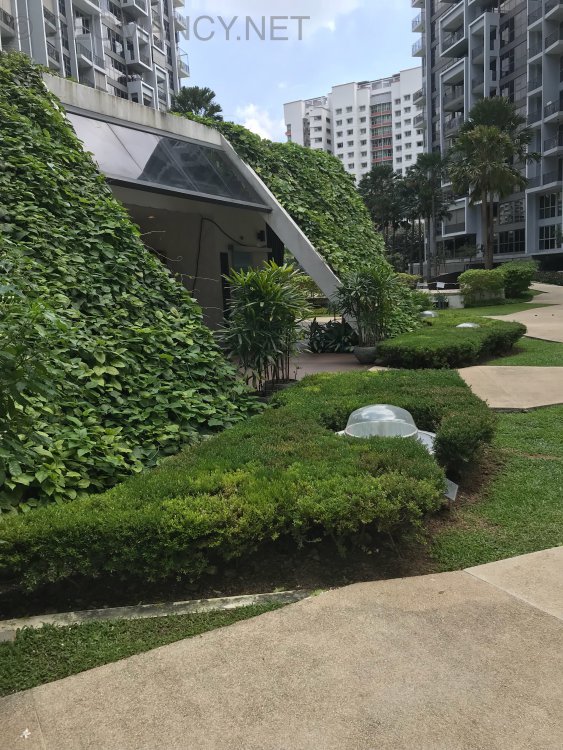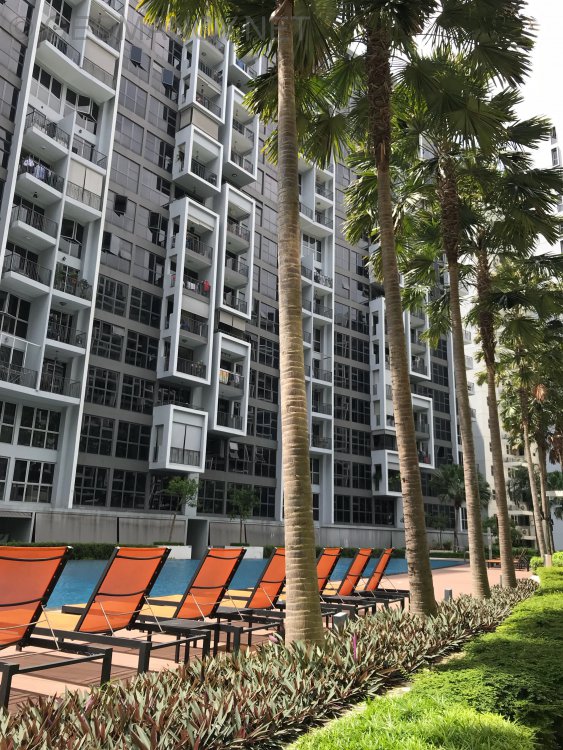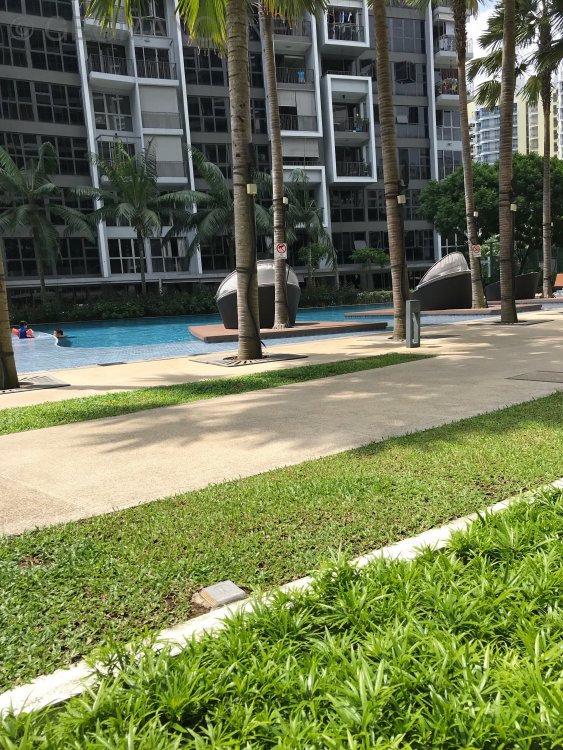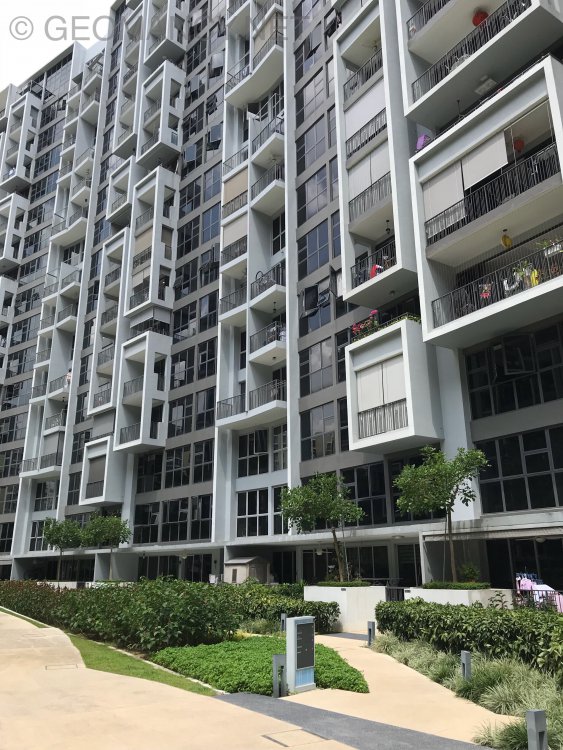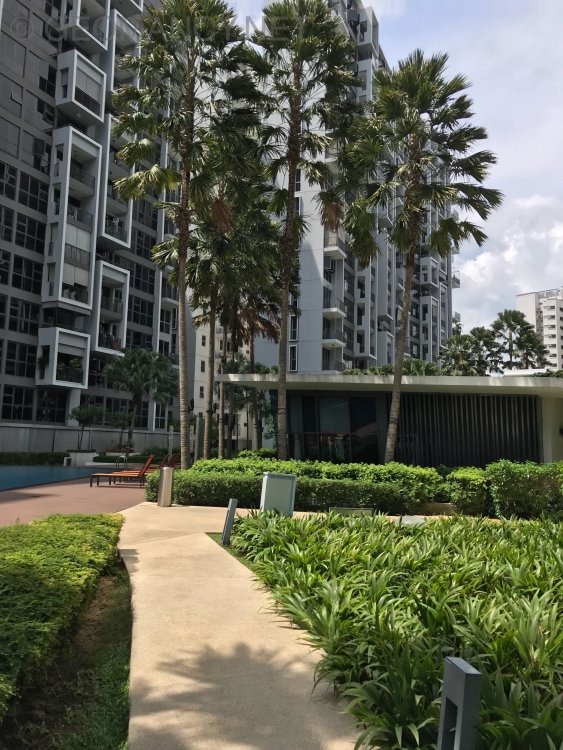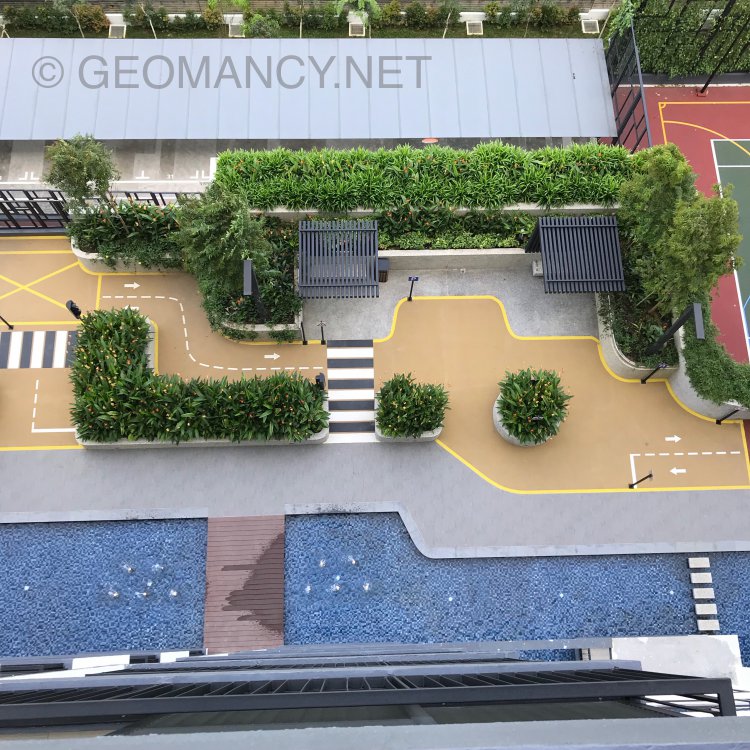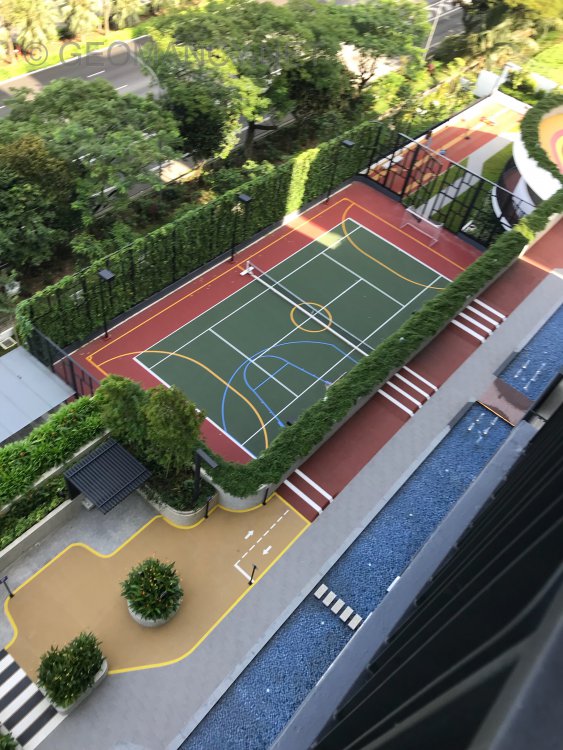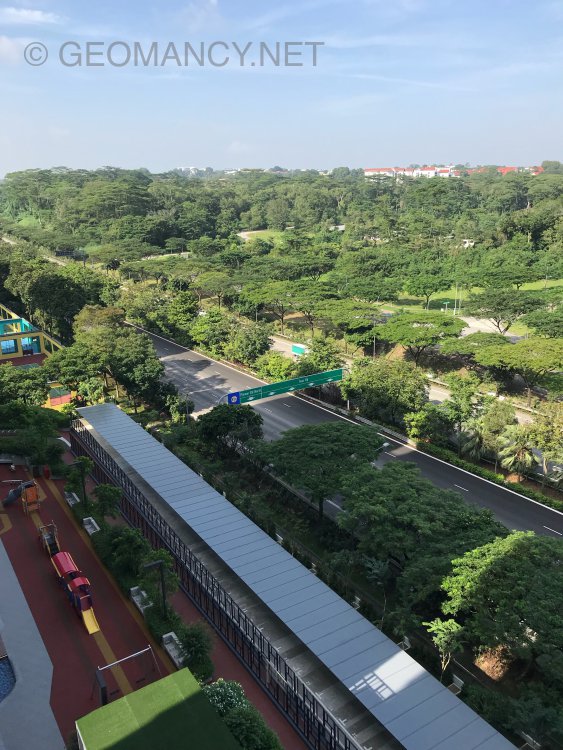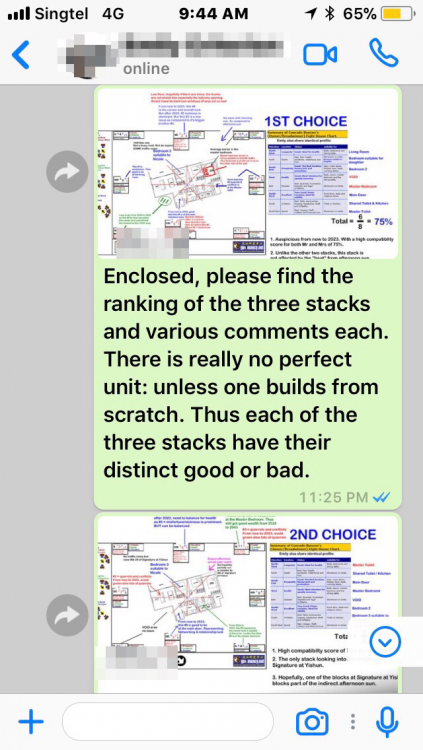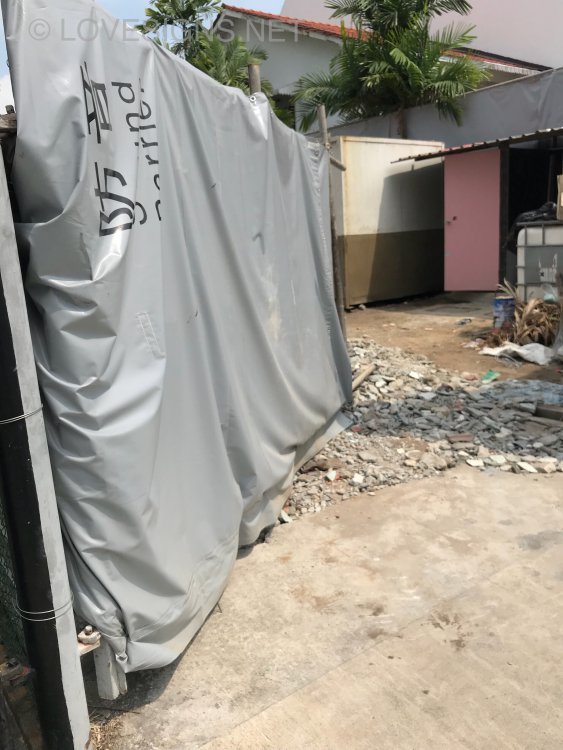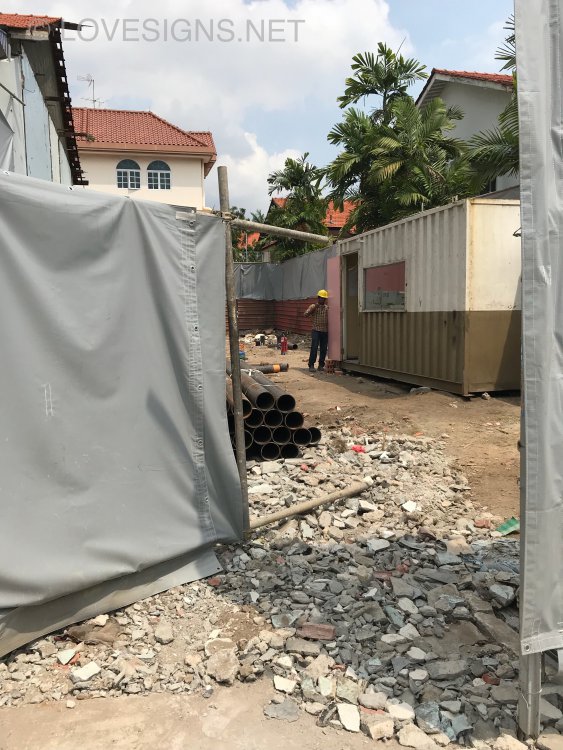-
Posts
38788 -
Joined
-
Last visited
-
Days Won
149
Content Type
Profiles
Forums
Blogs
Events
Gallery
Store
Articles
Everything posted by Cecil Lee
-
Charms are often written on yellow paper. And the most common are those for “protection” against evil spirits or simply for overall protection of sorts. Today, saw this iphone 7 or 8 protective casing.
-
Caveat Emptor: Please note that I happen to transit to a Feng Shui audit after this and chanced upon this exhibit. Thus this article does not mean that I am endorsing such products, please. Fish bowl type, the pail type of fish tanks to the square ones.. Currently at The Waterpoint Shopping Centre “fair” Left: Looks like the Khong Guan biscuit tin profile type: Cookie jar or the typical fish bowl type:- A fish bowl type: Looks more like a lamp or a pail or bin type:- Vase type:- Oversized blank CD-rom container type:- Fish bowl type a plenty:- A consolation is that at least they are not the pyramid shaped which is considered inauspicious. As pyramid represents fire element. For what makes a good water position: https://www.geomancy.net/resources/art/arowanafish.htm Or http://fountain.geomancy.net Please note that I happen to transit to a Feng Shui audit after this and chanced upon this exhibit. Thus this article does not mean that I am endorsing such products, please.
-
The rationale why we normally don’t look at auspicious dates to determine the day of cremation or burial is to use whose date? If left to such things: common sense says cannot be the deceased. What about the eldest son’s or based on remaining partner’s birthdate? Logically: can’t do so. How about the rest of the family’s birthdays? May thus cause a huge family rift etc.. The last thing “or Chinese system “ wants to avoid such things. This Traditionally it has been kept simple and clear-cut. Avoiding all sorts of interpretations based on yours and mum’s Birthdates etc... In Essence middleman should never have been involved in such things.
-
Firstly, my condolences to you and your family. Traditionally, burial or cremation is on odd days counting the day of the death. Thus Traditionally therefore; Chinese don’t look at dates (eg. Auspicious to determine) such a case. Burial or cremation is always odd days thus : the 3rd, 5th, 7th day etc.. Contrast that to offices opening after Chinese New Year. These dates are on eg. 2nd, 4th, 6th, 8th of any 1st month of the Chinese Lunar year. Thus what you propose should be the tradition. I am puzzled at the day chosen by the geomancer.
-
Glad to learn that Broadway Coffee Shop at Damai is one of the first that is completely smoke free. As often in many other coffee shops; even if one sits far away from the smoking area; the fans would bring the smelly smoke towards us non-smokers area. Had a pleasant experience, here: fresh air. Approximate location of this coffee shop:-
-
Part 5: A 51-year-old construction worker falls to death at The Alps Residences u/c condo on 18 December 2017 at 11am. According to a Ministry of Manpower (MOM) spokesperson: a worker of Chinese national, had been performing formwork when he fell from the 10th floor and landed six storeys down onto the fourth level. Sad-:( Note = Developer: MCC Land, China. Their first condo was The Santorini. Alps Residences is their 2nd condo.
-

First Time Open Door Procedure for new or re-sale home
Cecil Lee replied to Cecil Lee's topic in Around Singapore
-
Food lovers; especially the noodles (mee) lovers will certainly look forward to these two stalls: Authentic Traditional tick-tock mee that one once to find selling them by the road side..with their distinctive “tick-tock” calling card .. by their clasping of two bamboo sticks together.. or the Hokkien mee. The stall is beside Labrador nasi lemark:- Rich thick but (unfortunately unhealthy) soup stock full of prawn flavour .. The Hokkien noodle stall is located somewhere near the Red arrow. The wanton noodles = green arrow. The other two stalls: Tiong Bahru Cantonese style porridge which used to also serve raw fish is in yellow. Unfortunately raw fish is no longer served. The other notable stall is the soya source chicken noodles in blue. These stalls are currently manned by their owners. Unlike many found in other Food courts where workers were hired instead.
-
If one is not a vegetarian, then food helmed by devoted sellers.. try this soup based Hokkien mee with lots of assorted ingredients at Cheng Yan Court.. Don’t worry about these chillies; they add flavour but relatively harmless..
-
Kwan Im Thong Hood Choo Temple (Goddesses of Mercy) is one of the most popular temple. Located at Waterloo Street. A popular destination for the locals, the many vendors and tourists. Since this temple is centrally located with so many ancillary shops supporting it. Such as selling Goddesses of Mercy figurines, provision shops herbs and dried goods.
-
Charcoal stoves at Jurong East.. For now this shop Joo Seng Siang Hang has plenty of them...(for now?). The shop is located in a HDB block at this Yuhua Village. In the next few years or a decade.. may be hard to purchase one. For info, these are non-red ones. And traditional were really used in place of an electric or gas stoves. All red glazed ones are more for move-in rituals...
-

Another building using the semi-circular steps
Cecil Lee replied to Cecil Lee's topic in Around Singapore
Dover Parkview belongs to the era where semi circular steps radiating out of each block’s entrance was popular in the 1990’s:- Another feature is an air-well only at the roof/TOP opening -

HDB Costa Ris & 'white noise' from MRT trains
Cecil Lee replied to Cecil Lee's topic in Around Singapore
Another CDL’s project Coco Palms also most likely will TOP soon. Most likely in early 2018. Beautifully landscaped. Workers are putting up the finishing touch. -

HDB Costa Ris & 'white noise' from MRT trains
Cecil Lee replied to Cecil Lee's topic in Around Singapore
d’nest Just T.O.P. Good that each storey’s central rubbish chute (for this development there are two: with an extra recycling bin) are concentrated within it’s own cubicle. Much like one sees in many HDB flats. -

HDB Fern Grove @ Yishun with HDB Sun Nautra BTO
Cecil Lee replied to Cecil Lee's topic in Singapore Property Review
Just T.O.P. HDB Fern grove exterior walls are lime green + white. The rest of the photos that have brown + white exterior walls are that of it’s next door neighbour: HDB Park Grove MSCP CARPARK Block 676 has the distinctive planters as shown below:- -
Forecast
Free Reports
Useful Handbooks Guides
Feng Shui
- Feng Shui Resources
- Fun with Feng Shui
- Photo & Pictures
- Encylopedia of Feng Shui
- Singapore Property Review
Chinese Horoscope
Palmistry
Feng Shui Consultation
Services
Order & Download Forms
Main Navigation
Search



